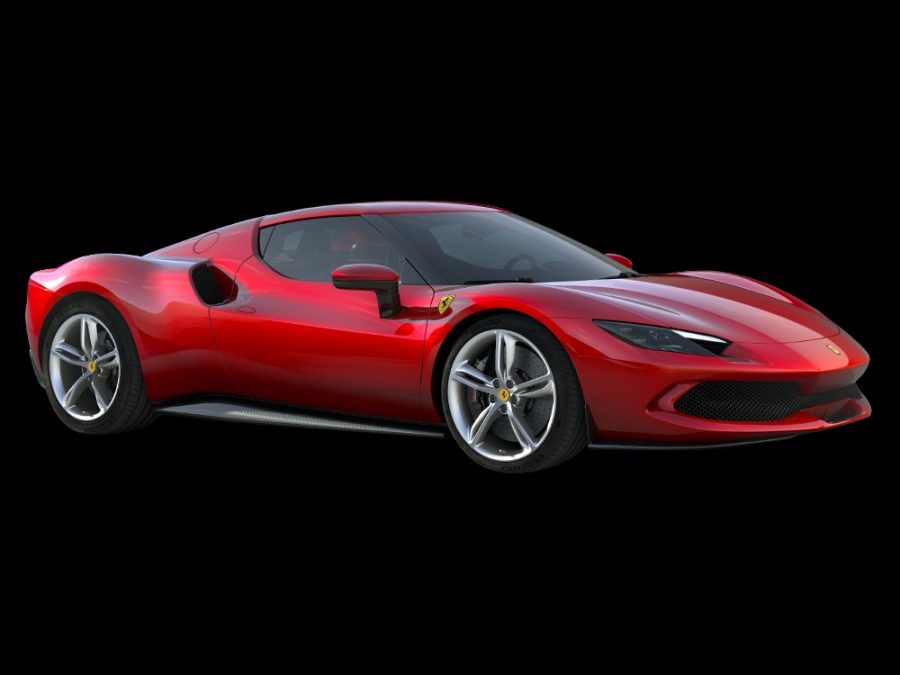Ferrari’s latest commercial policy update has sent ripples through the luxury automotive world, as the Italian marque maneuvers around impending U.S. import tariffs on EU vehicles. The move—announced just days before the April 2 deadline—seems designed to cushion the blow for its most loyal clientele while preserving its financial standing. However, the implications of this policy shift go beyond mere pricing adjustments; they signal a pivotal moment in how high-end car manufacturers will adapt to an increasingly protectionist trade landscape.
The Fine Print of Ferrari’s Strategy
At its core, Ferrari’s strategy is one of calculated preservation. For customers who lock in orders before April 2, nothing changes—a reassuring move that safeguards Ferrari’s reputation for stability and predictability. Moreover, the policy creates a buffer for three key model families—the 296, SF90, and Roma—by keeping their pricing intact regardless of import date. However, for other models, the company will absorb part of the tariff cost while passing on up to 10% in price increases to customers. It’s a compromise that signals both resilience and an acknowledgment of the inevitable.
Ferrari’s confirmation that its financial targets remain intact, albeit with a potential 50 basis point reduction in profitability margins, suggests confidence in its ability to navigate these choppy waters. But make no mistake: a 10% price hike in a segment where exclusivity is already paramount could have ripple effects beyond Ferrari itself.

photo: @Ferrari
Luxury Automakers at a Crossroads
Ferrari is not alone in facing this tariff-induced dilemma. Other European luxury carmakers—Porsche, Lamborghini, Aston Martin, and even ultra-bespoke brands like Bugatti—must now decide how to adapt. The key question is: absorb the costs to maintain brand loyalty, or pass them on to buyers who are already accustomed to premium pricing?
Historically, the luxury segment has been more resilient to economic fluctuations than the mass-market automotive industry. Buyers of six- and seven-figure vehicles are not typically price-sensitive in the way that mainstream consumers are. However, a 10% increase on a $400,000 Ferrari SF90 Stradale equates to an additional $40,000—an amount that, while not necessarily deal-breaking for Ferrari’s ultra-wealthy clientele, could create friction in an already competitive space.
Possible Future Scenarios
1. A Shift Toward U.S.-Based Production?
While highly unlikely for Ferrari due to its heritage and manufacturing philosophy, other luxury brands with larger footprints may explore shifting partial assembly to North America. Mercedes-Benz and BMW already produce SUVs in the U.S.; could we see Lamborghini, Bentley, or even Ferrari establish satellite operations to sidestep tariffs?
2. The Rise of Limited Editions and Bespoke Pricing Strategies
Luxury brands could pivot towards more exclusive, higher-margin limited editions, using exclusivity as a justification for price hikes. Ferrari has long thrived on this model, but we may see an acceleration of ultra-limited runs to maintain profitability without alienating core customers.
3. Market Realignment: The Rise of Pre-Owned and Certified Programs
With rising costs of new imports, pre-owned Ferraris may see a surge in demand. Certified Pre-Owned (CPO) programs from Ferrari and other high-end automakers could become even more attractive, offering customers access to relatively new vehicles without the added tariff burden.
4. Strategic Leasing and Financing Adjustments
Rather than direct price hikes, brands might adjust lease structures and financing incentives to soften the blow for U.S. buyers. Lower interest rates or extended warranties could help offset higher MSRPs and maintain demand.
A Defining Moment for Ferrari and Beyond
Ferrari’s response to the looming tariffs is a textbook example of balancing brand prestige with market pragmatism. By shielding its most in-demand models and softening the impact on others, it ensures customer confidence while maintaining financial discipline. But this is merely the opening act in what could be a prolonged period of economic and regulatory uncertainty.
For the luxury automotive world, this is more than a pricing adjustment—it’s a defining moment. The next few months will reveal whether Ferrari’s approach sets the gold standard or if competitors will chart alternative paths to protect their U.S. clientele. One thing is certain: the road ahead is anything but smooth, but for a brand synonymous with speed and precision, navigating sharp turns is all part of the thrill.

